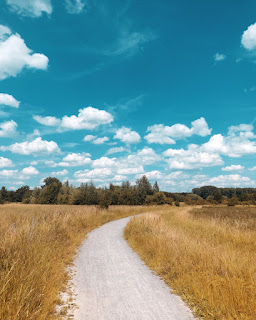Recently I got an email from Angela Maiers who encouraged her readers to do this exercise,
“One of my absolute favorite exercises to help bring the awareness of our talents to the forefront and to set us free of their self-imposed limitations is called “Give Me 10”
1. We are going to share how you feel, how you see others and ourselves is in the form of a poem.
a. Write these two words on your paper: I AM…
b. There are no rules except that each stanza and statement will begin with “I am…”
c. Write ten "I am" statements on your paper
d. Statements can be positive, negative, or neutral, but they should be true.
2. Hold a mirror and say those ten statements to yourself. Give me ten qualities of YOU and what makes you unique!”
Angela is such an inspiration to so many people that I had to share this exercise with you. I am going to give it a try and I hope that you do too.
I AM a good teacher.
I AM happy when I can help others.
I AM a person who loves learning.
I AM able to do many things that I want to do.
I AM happy with my life.
I AM lucky to have people who love me.
I AM a spinner of yarn and I use it to knit things.
I AM a person who loves nature.
I AM a shy person when I’m in a group.
I AM a person who enjoys being around other people.
This was a fun activity and it really had me thinking about what I am. I wrote some statements and then realized that they weren’t really what I wanted to say about myself. I don’t think we stop to reflect on this enough and we should encourage our students to do this. It might be a fun lesson to do at the beginning and the end of the year to see if our views of ourselves have changed.
Give this a try and see how you do. Share your results on Twitter with @angelamaiers.
Photo by Andre Mouton on Unsplash
























